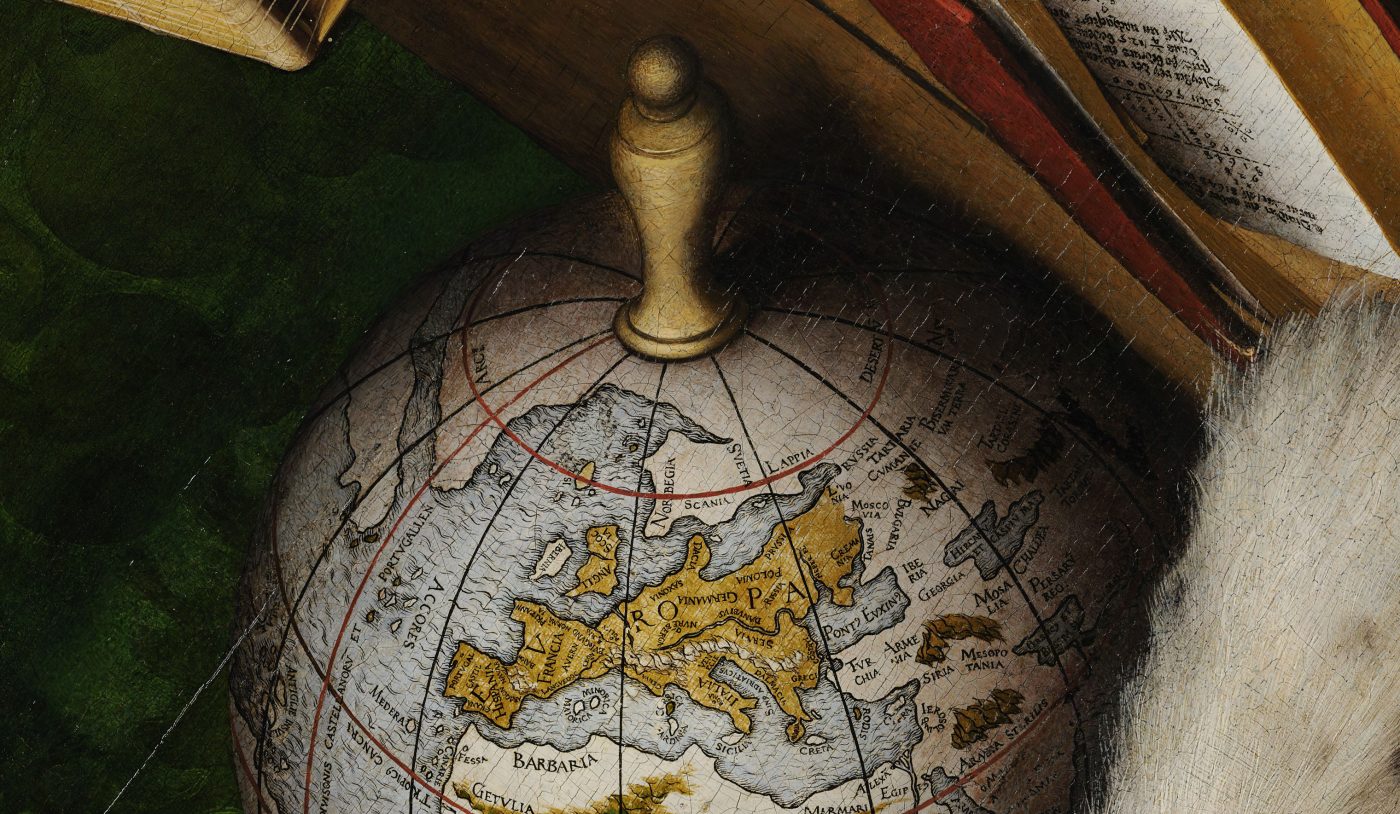Fellow Humanists,
Today I would like to share my experience of using the platform Palladio to visualize the journeys of selected scientists in form of a map.
1) Data Gathering
The challenge in gathering data was the sheer number of places that Albrecht Durer had travelled too. His documentation of his journey to the Netherlands from 1520-1521 was very precise. Other journeys were less well documented. For example, the locations of his journey to Italy are deduced from his watercolors. However, I was able to find some biographies at the library which allowed me to gather more data. Another challenge was that some coordinates could not be found because the places had changed their name over time. This was a very frustrating experience. Overall, gathering data for this project has taught me patience, how important thorough research is as well as a lot about Durer’s life, his relationships/connections, his economical way of thinking and achievements.
2. Upload
Uploading the data was challenging because of formatting issues. Palladio is very particular, and we needed to learn its “language” first. Small errors may lead to an incompatible format that cannot be read.
3. Filters and Outcomes
Applying various filters is a very useful and simple tool to gain insights and retrieve targeted information such as the number of people visiting, or the timespan and timeline.
Here are some examples:
Most visited overall (= no facet):
-Basel
-Bologna
-Rome
-Venice
Most visited by painters: (facet: painter)
-Bologna
-Mantua
-Roma
-Venice
Most visited by scientists*:
-Bologna
-Ferrara
-Mantua
*NOTE: applied facets: scientist, engineer, inventor, physician, astrologer, mathematician
4. Reflection
Palladio is a great tool to visualize the overwhelming data from our spreadsheet. The map gives a sense of proximity. This is especially beneficial when looking at the many less well-known locations. Some of these small locations are very close to other places so that the humanists could have met.
Palladio’s various filters allow for a great variety of specific information retrieval. This neat tool that provides users with an overview without assuming any prior knowledge. Time span and time lines are depicted in bars, whereas the point size reveals information about (for example) the number of humanists.
In order to improve the website, I would visualize the gathered data even more effectively by including more layers and information.
Each specific location should include pictures as well as links to the sources used. It would satisfy me, if a user could click on the location, see the humanists who had travelled there and then be able to click on the humanist of interest to see the location description. If the user would like to know even more, he should be able to click on the description so that a window with the source of data pops up in which the referred passage is highlighted.
